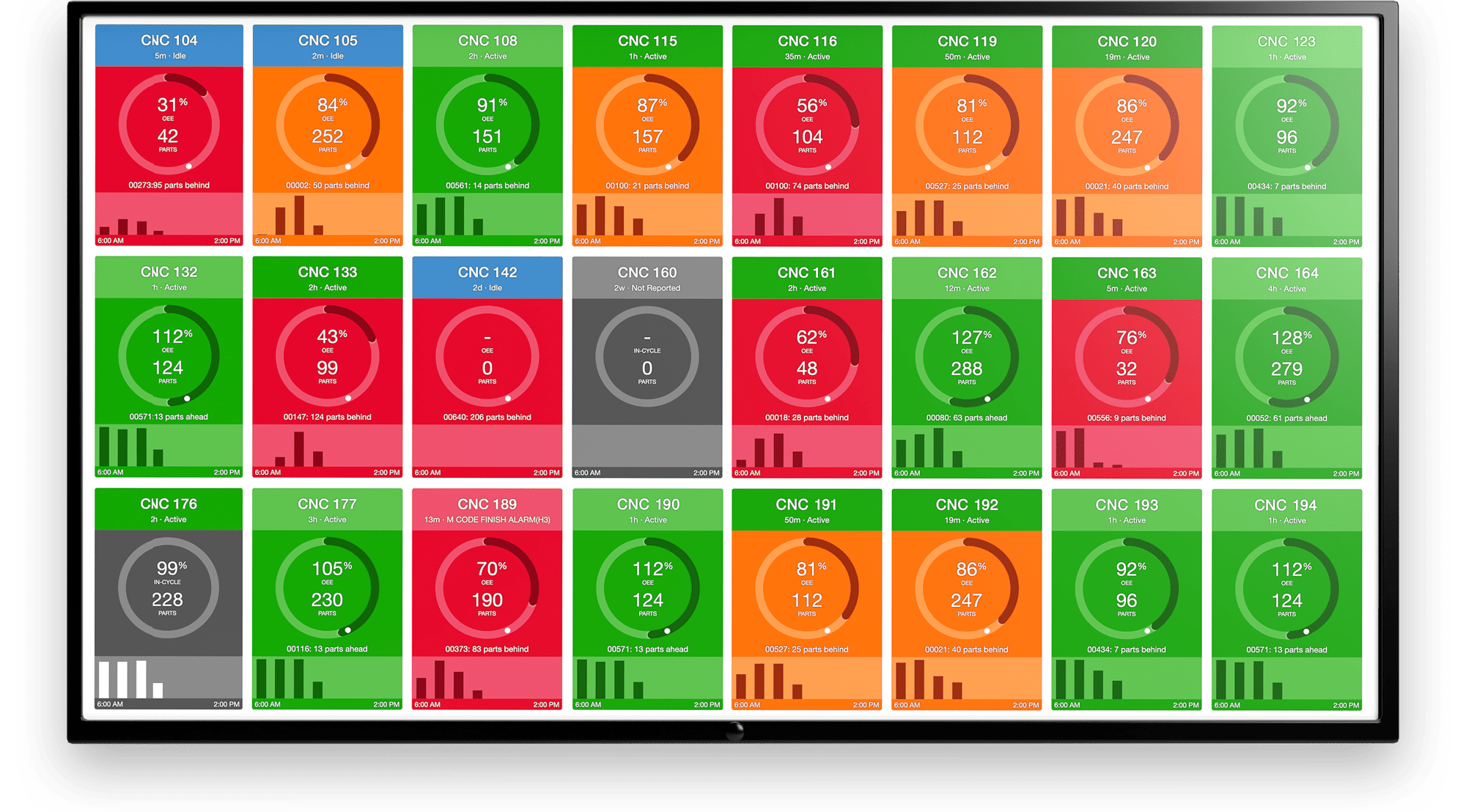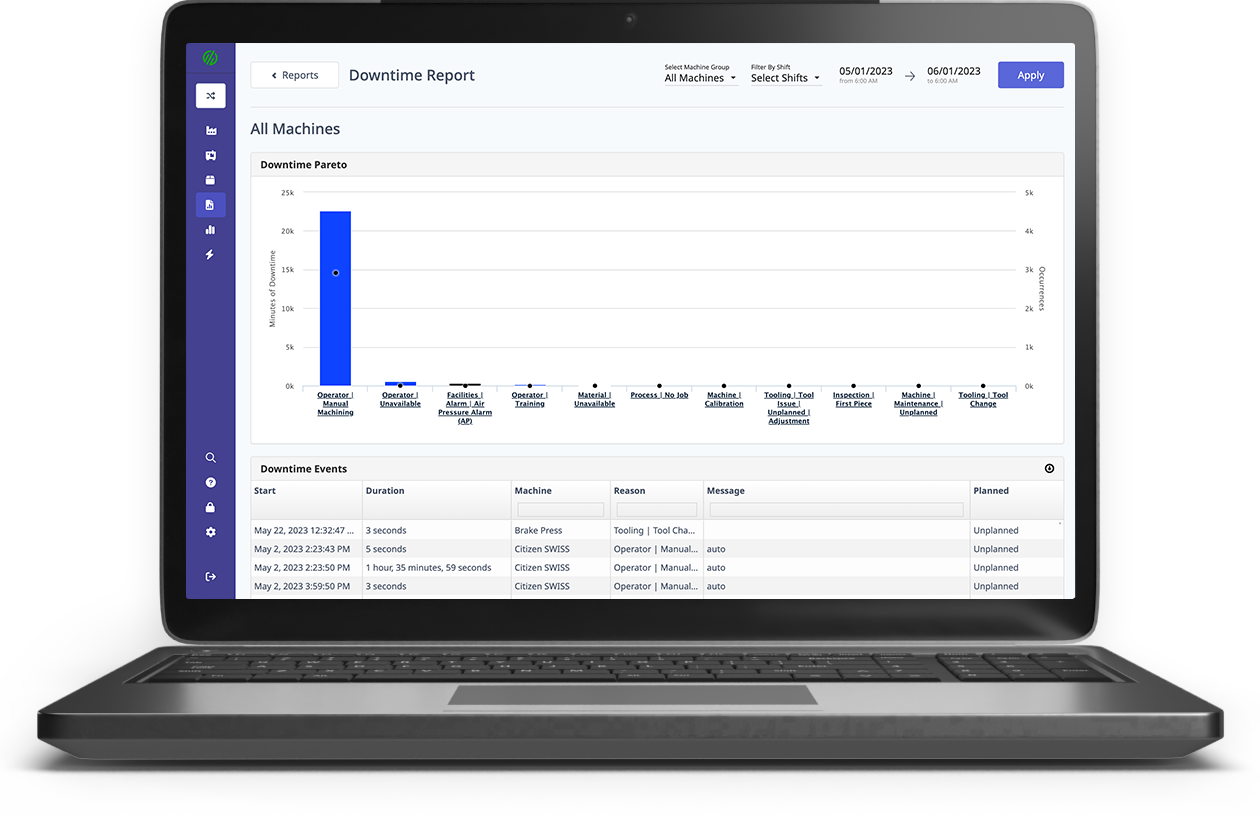MaxAI has arrived! Learn all about it
here
Search
SUGGESTED CONTENT:
MachineMetrics Blog
Harvey Performance Company is a global leader in precision cutting tools, manufacturing brands like Harvey Tool, Helical Solutions, Micro 100, and others used in aerospace, medical, power generation,
MachineMetrics
/ Nov 19, 2025
Pindel Global Precision is a contract machining company headquartered in Wisconsin and serving a diverse range of industries, including agriculture, hydraulics, electrical, and general industrial
MachineMetrics
/ Nov 17, 2025
Easthampton, MA – November 6, 2025 – MachineMetrics, the industry’s leading production intelligence platform, today announced the launch of Max AI, the new AI-powered intelligence layer for its
press release
/ Nov 06, 2025
Easthampton, MA – October 16, 2025 – MachineMetrics, the Intelligent MES and industry leader in machine connectivity, today announced the launch of Manual Stations - a powerful solution that enables
press release
/ Oct 15, 2025
START DRIVING DECISIONS WITH MACHINE DATA.
Ready to empower your shop floor?
Learn MoreBig Data in Manufacturing: Unlocking Valuable Use Cases
MachineMetrics
/ April 08, 2021
The Adoption of Big Data Analytics in Manufacturing The term “big data” refers to increasingly complex, massive data stores that can’t be effectively processed using traditional methods. In...
Fact or Fiction: Which Story is Your Data Telling You?
data collection
/ January 28, 2021
Key Takeaways: Accurate data interpretation is crucial for making informed decisions in manufacturing, but biases and assumptions can distort insights. Data-driven decision-making requires reliable...
Data Enables Machines to Tell Their Own Stories
data collection
/ January 19, 2021
Key Takeaways: Machine data analytics allows machines to communicate performance issues, making real-time adjustments possible. Leveraging data from machines helps manufacturers reduce downtime and...
Is Your System Smart? The Value of Processing Plant Flo...
MachineMetrics
/ December 17, 2020
Key Takeaways: Processing plant floor data in real-time improves decision-making and operational responsiveness. Real-time insights from smart systems help identify inefficiencies and reduce...
How Manufacturers Can Maximize the Competitive Opportun...
MachineMetrics
/ December 10, 2020
The manufacturing industry is a leader among data collectors. Sensor data, employee movement tracking, downtime data, predictive maintenance-related data, demand—there are a lot of opportunities to...
Get In Touch With Us
Easthampton Office
116 Pleasant St, Suite 316, Easthampton, MA 01027
Platform
Industry Solutions


.png?width=1960&height=1300&name=01_comp_Downtime-%26-Quality_laptop%20(1).png)